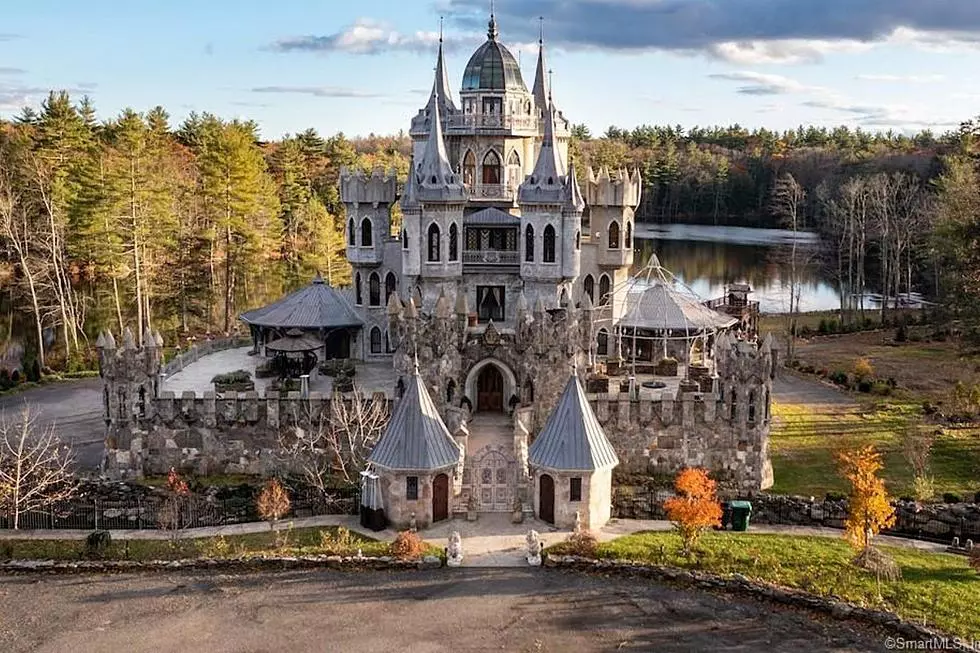
Don’t Be Fooled, Connecticut Bears Are Not Hibernating Yet
If you live in Connecticut, there's a good chance you've spotted a bear or heard of a bear sighting in your neighborhood.
Connecticut’s landscape is perfect for the black bear. Plus, they only have few natural predators, so their population is expected to rapidly increase over the next 20 years. As the bear population expands, interactions between humans and bears will increase, which explains these bear sightings over the last few years.

So it's getting cold, shouldn't the bears already be in hibernation for the winter? That's apparently what most people are thinking, but don't think too fast.
Jenny Dickson works for the Connecticut Department of Energy and Environmental Protection (DEEP), and she told nbcconnecticut.com that when the weather gets cold, people tend to stay inside. Black bear, however, use this time to pack on the pounds before they settle down for a long winters nap.
It's "last-chance-time" for the bears, and they're expected to be out for about 20 hours a day trekking through the woods (maybe even in your backyard!) looking for a good meal to add on a little poundage before they finally settle down.
The DEEP estimates that the black bear is looking to consume about 20,000 calories a day, which compared to humans' 1,200 to 2,000 calorie a day diet, is a tremendous amount of food. Bears are now on the hunt for things like acorns, berries, and seeds, because they'll eat just about anything - even your garbage!
Normally the black bear tends to hibernate or den when the weather gets very cold, or when there is a significant snowfall, typically around late November into December. That said, Fall '21 here in Connecticut has been relatively mild with little or no snow. Perfect for bears to get a little extra food. In some cases, the bear will not hibernate at all as long as there is a sufficient food source, so you may see them around homes in garbage containers, bird feeders, and looking for pet or livestock food. Once the food supply runs out, the bear will then head off to it's den.
So even though it's mid-December, don't be surprised if you see a bear or two looking for a bit of sustenance. Also, if you spot a bear, there's a real good chance it's a male. Males bed down around mid-December and emerge in mid-March, whereas females, who give birth during the winter and stay with their cubs for two years, remain in their dens longer, typically until mid-April.
The best thing you can do until the frigid temperatures or that first major snow is stay bear aware.
LOOK: Stunning animal photos from around the world
WATCH OUT: These are the deadliest animals in the world
Check out these 50 fascinating facts about dogs:
More From The Wolf









